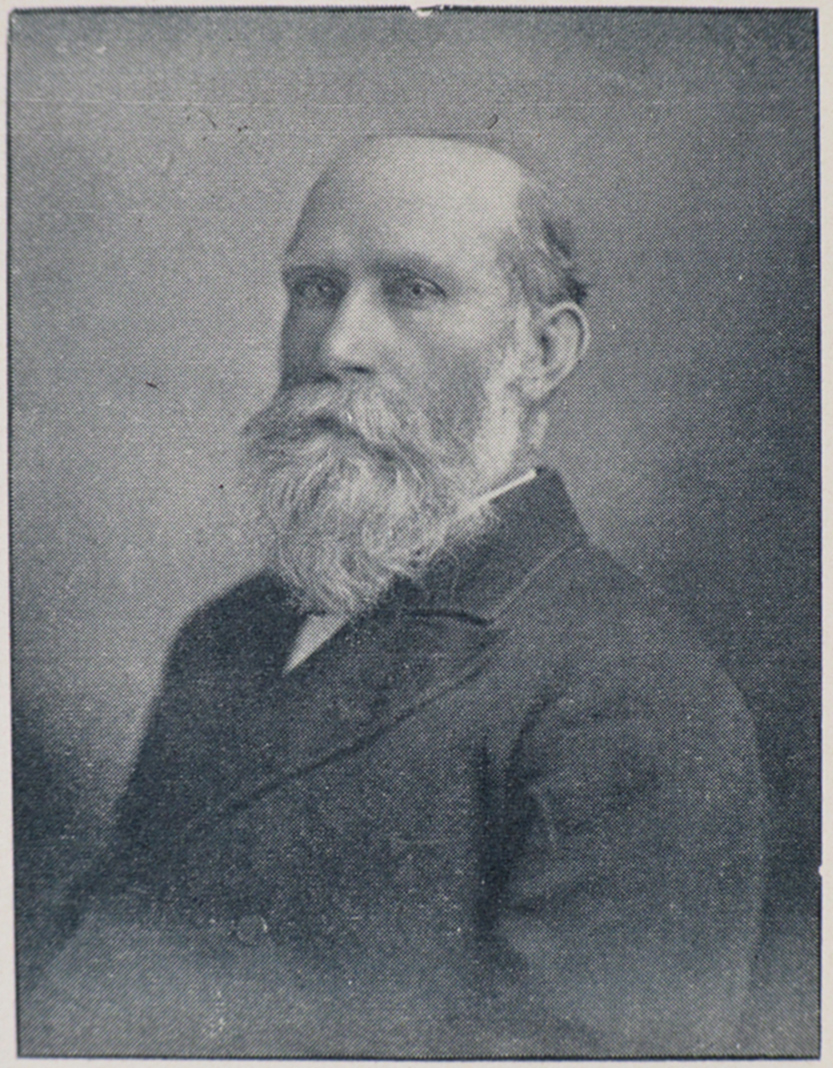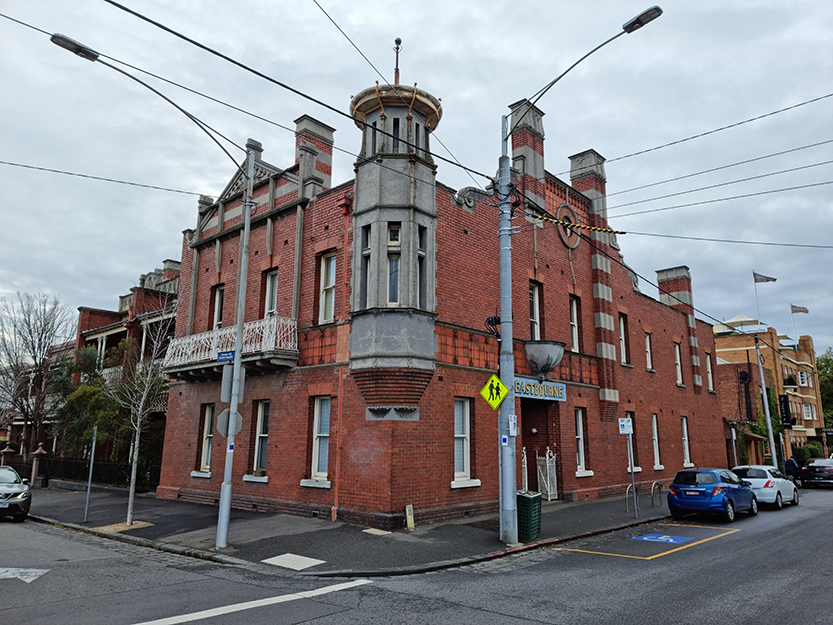Dr Samuel Peacock of Eastbourne House
Words by Malcolm Howell, treasurer - East Melbourne Historical Society
Eastbourne House stands on the corner of Wellington Parade and Simpson St in East Melbourne. It is a two-storey building of 16 rooms, with a large balcony overhanging Simpson St, and is classified by the National Trust.
It was built for Dr Samuel Peacock in 1902. He used Eastbourne House as a residence, a surgery and a private hospital solely for female patients.
In 1911 Dr Peacock was charged with the murder of one of his patients, Mary Davies. It was alleged that Dr Peacock performed an abortion upon Mary, that she died during or shortly after the operation, and that he disposed of her body.
Mary was 27 years old and five months pregnant when she entered Eastbourne House on August 9, 1911. She was there for between eight and 16 days, depending upon whose version of events you want to believe. After she left Eastbourne House, dead or alive, she was never seen again.
The main witness for the prosecution was Clifford Poke, 21 years old, whose surname gives a clue to his role in the case. On August 25, Mr Poke went to the police to report Mary as missing. Poke told police that both he and Mary made arrangements with Dr Peacock, and that he paid 25 pounds to Dr Peacock.
Mr Poke said he visited Mary at Eastbourne House on several occasions, when she told him that she had undergone an operation. When he came on August 21 he was not allowed to see Mary, but Dr Peacock planned to meet him in the Fitzroy Gardens the next evening. When they met in the Fitzroy Gardens, Dr Peacock told Mr Poke that Mary was dead. According to Mr Poke, they then discussed the disposal of her body. Dr Peacock said that he could have Mary secretly buried, and that he could burn Mary’s belongings at his farm at Carrum. He also told Mr Poke “to keep his mouth shut”.
A police search of Eastbourne House led to the discovery of jewellery and clothing subsequently identified as belonging to Mary. The police then started looking for Mary’s body. They took up floor boards and ripped out wall panelling. And they dug up the sewerage pipes because they had a theory that Mary’s body might have been dissolved in acid in a copper, and her bones powdered and disposed of through the sewer. The police found nothing.
The police also searched Dr Peacock’s property at Carrum. Items similar to items belonging to Mary were found in the remains of a fire. The property was close to the Patterson River, so the police dragged the river with grappling irons. No evidence of a body was found.
Murder usually involves an intention to kill, but death occurring during the commission of a serious crime can be murder even though there is no intention to kill. Abortion in 1911 was a serious crime, so Dr Peacock could have been guilty of murder even though he would not have intended to kill Mary.
It is obvious that the prosecution relied very heavily upon the evidence of Mr Poke. He was treated throughout the case as an accomplice of Dr Peacock, because he admitted that he participated in the making of arrangements for an illegal operation.
Dr Peacock was convicted of murder and sentenced to death. His conviction was confirmed by the Full Court of the Supreme Court but set aside by the High Court. The jury failed to agree at a retrial, but at a second retrial the jury acquitted Dr Peacock. Clifford Poke was not charged •
For more information: [email protected]

Bottega Tasca: Carlton’s go-to fine wine boutique







 Download the Latest Edition
Download the Latest Edition